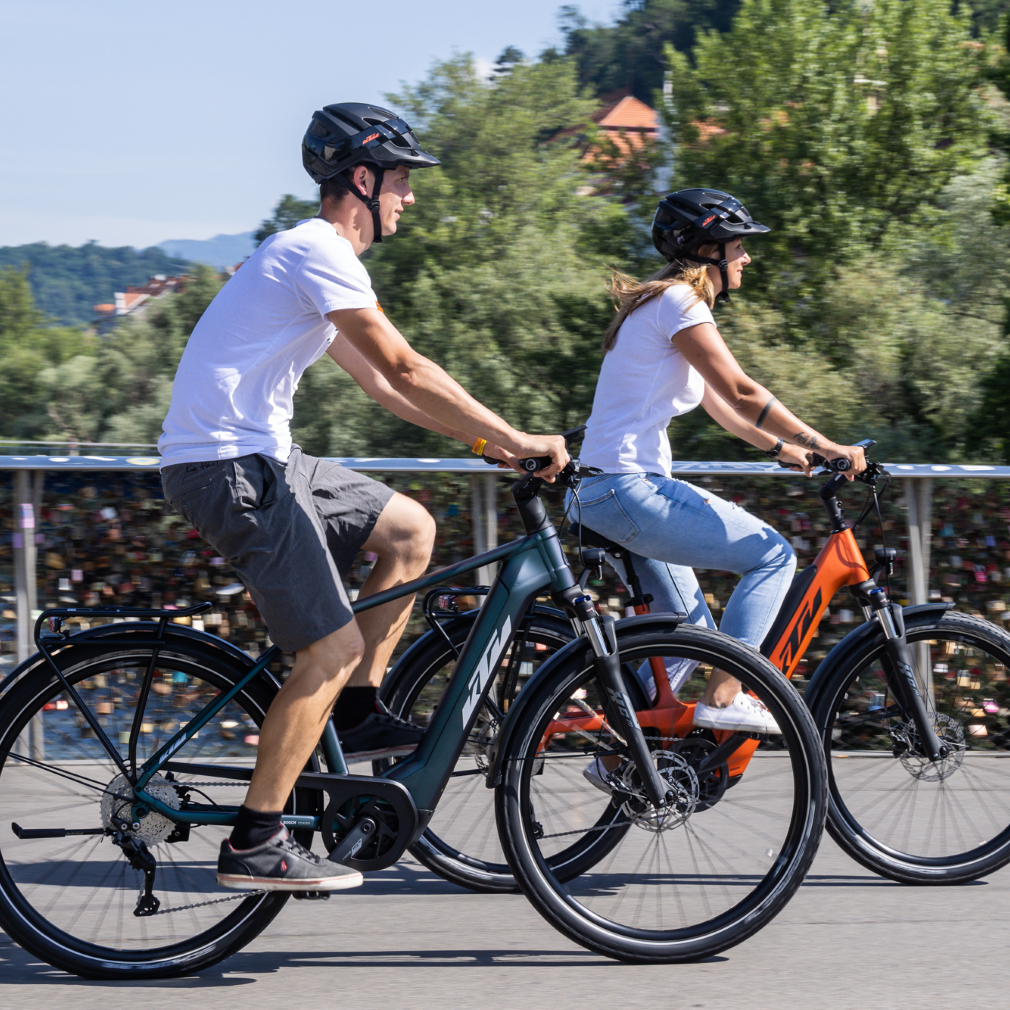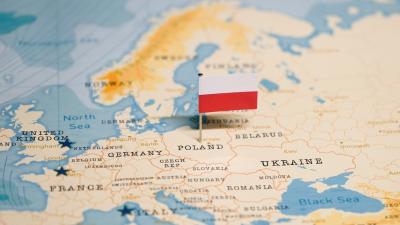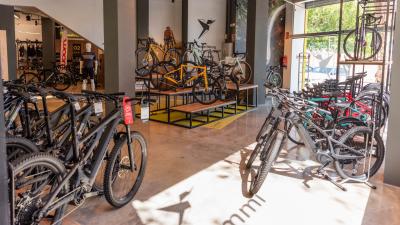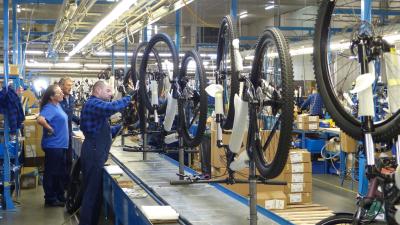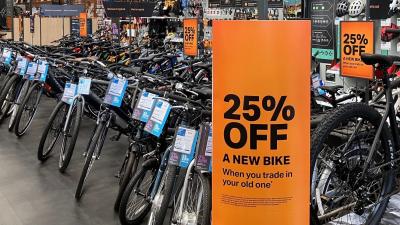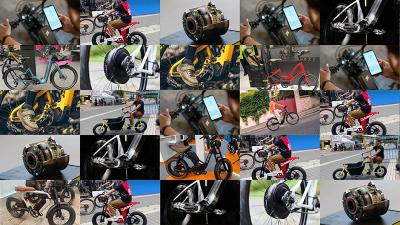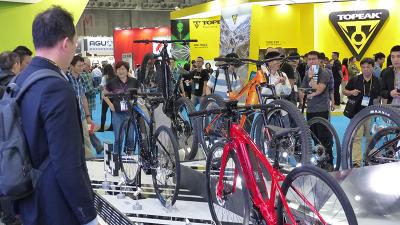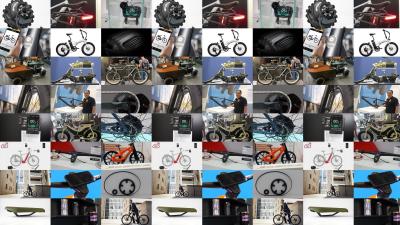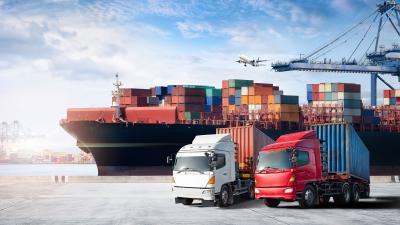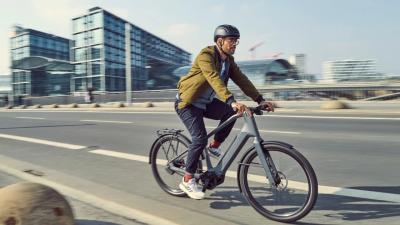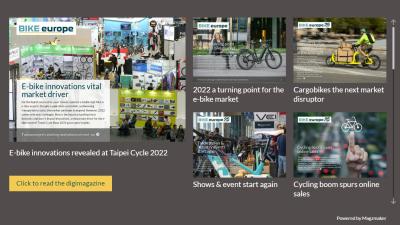All pages
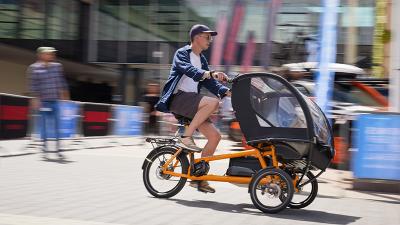
1
E-bikes bring value to challenged market
Cover and contents
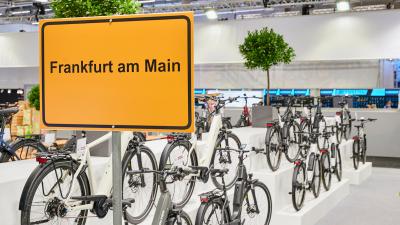
2
Eurobike expecations
Eurobike thrives on booming popularity of the e-bike
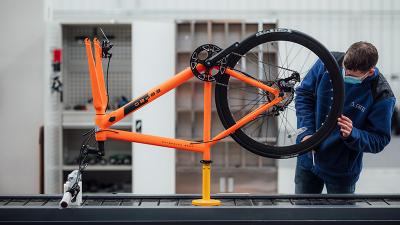
3
EBFEC
Accelerating the pace of e-bike manufacturing in Europe

4
Suzhou Shengyi
Better Choice. Better Riding.
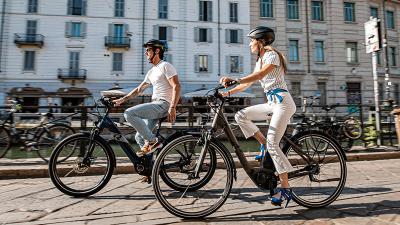
5
General market overview
E-bike sales grow amidst market slowdown in Europe
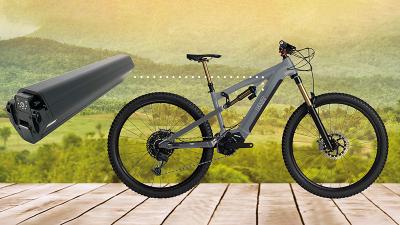
6
BMZ
BMZ introduces V10 battery: ‘Designed with durability in mind’
7
German consumers more reluctant to buy
The German e-bike and bicycle market performed very strong in 2022 with a 10% increase in e-bike sales.
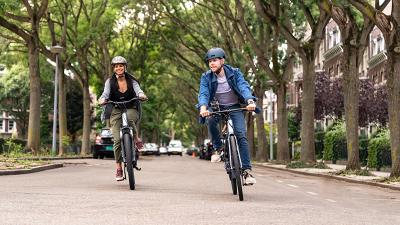
8
Bafang
3-Speed Automatic Gear Hub
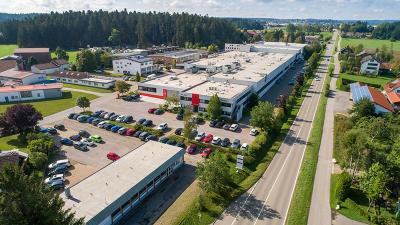
9
hGears
Powering the future of e-mobility

10
Dutch market confronting challenges
In total 855,000 bicycles and e-bikes combined were sold in the Netherlands in 2022, a decrease of 7% compared with 2021

11
Panasonic
Local service, global impact
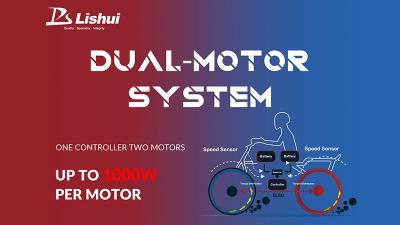
12
Lishui Dual Motor System
Lishui Controller will attend 2023 China Cycle show
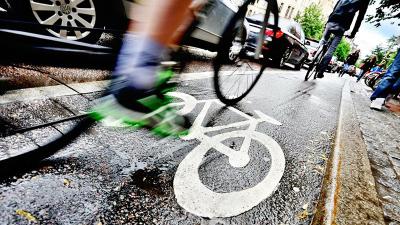
13
E-bikes boost turnover in key European markets
The European markets of France, Italy, Spain and Belgium had mixed results in 2022, but one key driver in revenue growth was e-bike sales.

14
DDK VM-fit
Saddles recommended for e-bikes

15
Okawa
Elevating customer service in a maturing industry
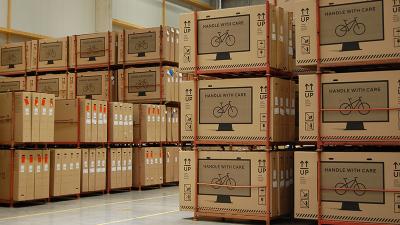
16
EU e-bike and bicycle import values surge
A major hike in the average import price of e-bikes into the European Union gave a remarkable push to the market value in 2022

17
Yadea
Leading in electric mobility
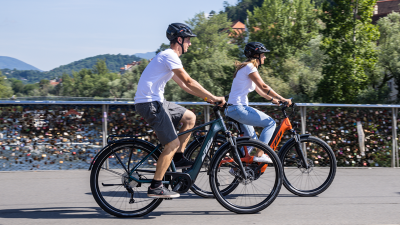
18
E-bike retains solid presence in mature markets
Both Switzerland and Austria made significant gains in 2022
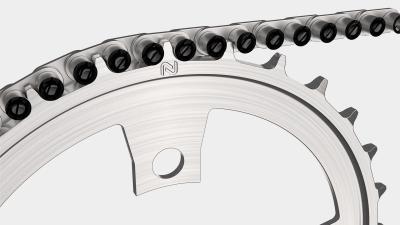
19
New Motion Labs
Re-engineering the drivetrain
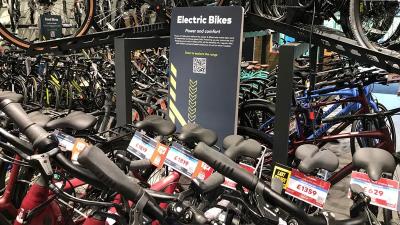
20
UK market hits lowest level in 20 years
Sales data collected from UK e-bike and bicycle retailers show that the market has taken a huge drop in 2022.

21
Group subscription
All editions
Search
Search, through all Editions
